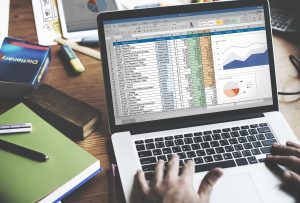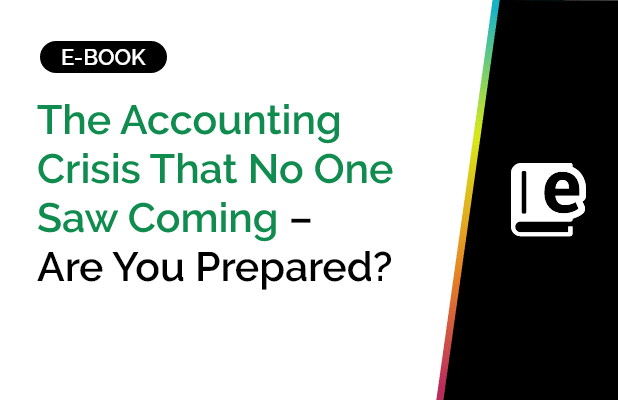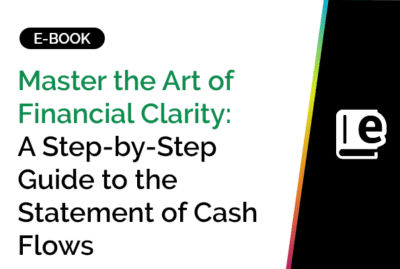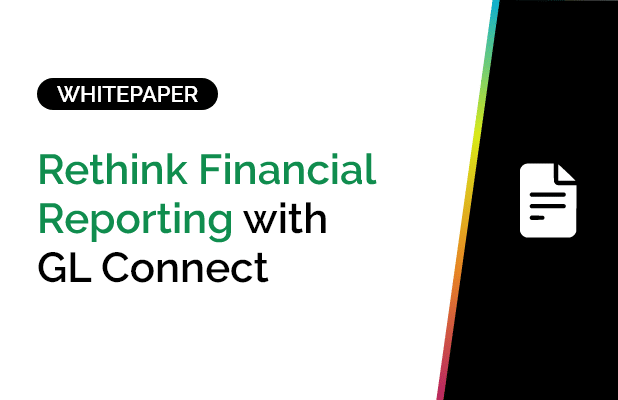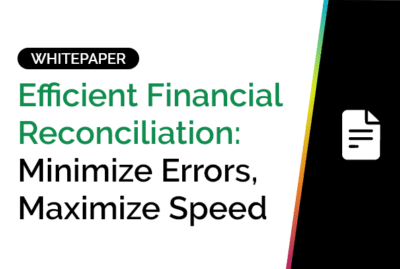- Blog Article
Explore & Visualize: Data Tools unleashed
Explore –
Mastering Financial Data: Exploration and Visualization Tools for Professionals
The Essence of Data Exploration and Visualization in Finance
Why Visualization Matters in Financial Data
Uncovering Hidden Insights with Advanced Exploration Tools
Transforming Raw Data into Compelling Financial Narratives
Data-Driven Decisions: The Ultimate Goal
The Future is Visual in Financial Analysis
Mastering Financial Data: Exploration and Visualization Tools for Professionals
In today’s finance sector, where the amount of data can be overwhelming, the ability to explore and visually represent data is not just an advantage – it’s a necessity. Data exploration and visualization tools, including advanced visual tools and interactive visualizations, are transforming how financial professionals interact with data, turning numbers and metrics into compelling narratives and actionable insights. This blog delves into these powerful tools, highlighting their crucial role in modern financial analysis.
The Essence of Data Exploration and Visualization in Finance
Data exploration, at its core, involves delving into data sets to uncover patterns, anomalies, and correlations. It’s akin to being a data detective, where each clue, each data point, contributes to a deeper understanding of the financial story. Visualization comes into play by turning these findings into visual formats – like graphs, box plots, and dashboards. These visual representations make complex data more digestible and understandable.
How SplashBI Helped Live Nation Turn Up The Volume On Their Reporting
Why Visualization Matters in Financial Data
In finance, where time is money, clarity is key. Visualization tools, including pie charts and interactive visualizations, do more than just paint a pretty picture; they bring clarity to complex financial data. By presenting data visually, data analysts and financial professionals can quickly grasp trends, identify outliers, and make informed decisions. This is crucial in a field where understanding the nuances of data can lead to significant strategic business decisions.
Uncovering Hidden Insights with Advanced Exploration Tools
Data exploration tools act like high-powered microscopes for financial data, enabling professionals to explore data and uncover hidden insights that might be missed with traditional analysis methods. This deep dive can reveal new opportunities for cost savings, investment strategies, or risk management by identifying patterns and understanding the relationship between variables.
Transforming Raw Data into Compelling Financial Narratives
One of the major advantages of these tools is their ability to transform raw data into compelling stories. A well-designed chart or graph can convey a financial narrative much more effectively than rows of numbers. This storytelling aspect is invaluable, especially when crafting an annual report or presenting to stakeholders who might not be as data-savvy.
Data-Driven Decisions: The Ultimate Goal
The ultimate goal of using data exploration and visualization tools in finance is to facilitate data-driven decision-making. These tools provide a foundation for making more accurate predictions, assessing risks, and spotting lucrative opportunities. They turn data points into insights and strategies that drive success, helping financial professionals to understand the data and make informed decisions.
Conclusion: The Future is Visual in Financial Analysis
In conclusion, data exploration and visualization tools are revolutionizing the way we interact with data. They enable financial professionals to create data models, understand categorical variables, and bring data to life. These tools turn complex data into insights, decisions, and strategies that drive success.



